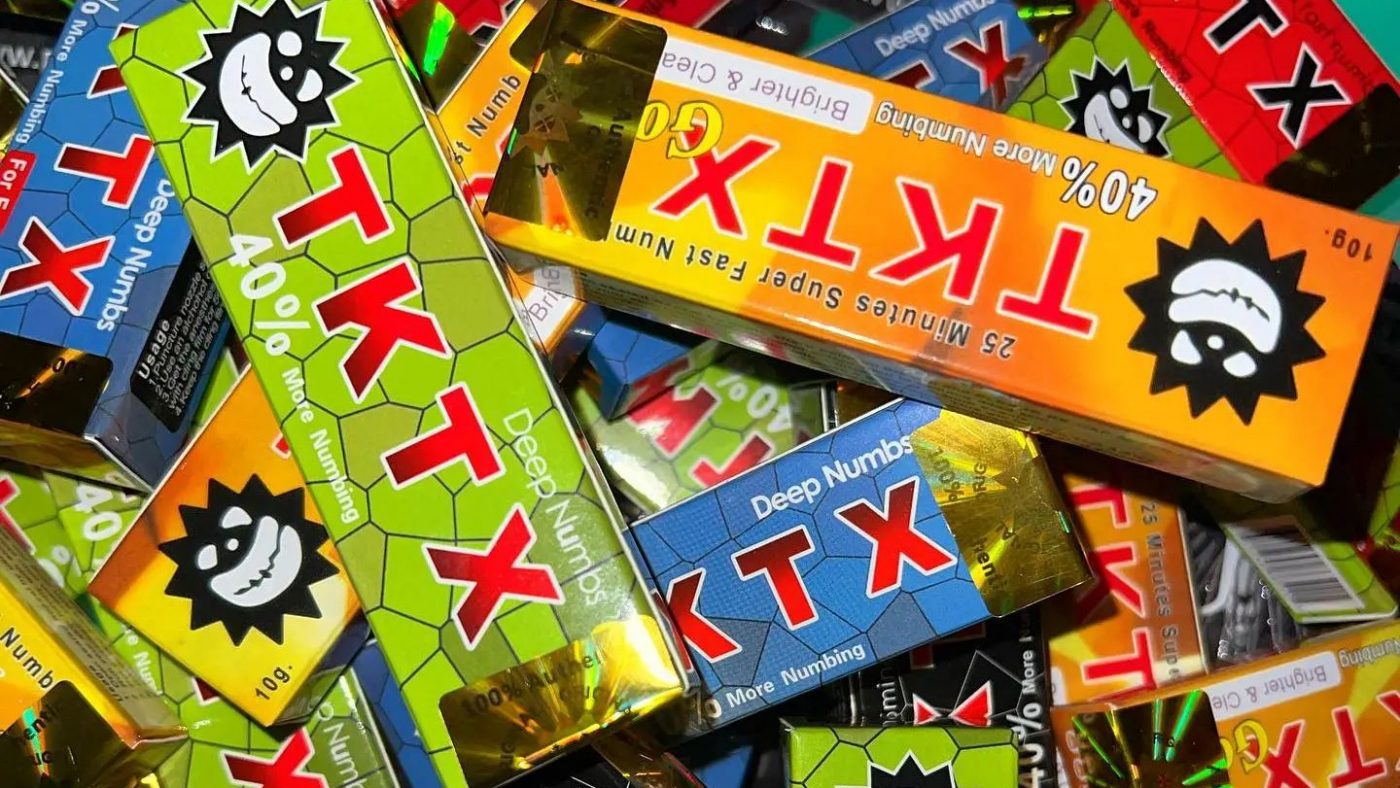TKTX Guide
How to Use TKTX Numbing Cream?
This article provides a comprehensive guide on using TKTX numbing cream effectively and safely for tattoo procedures.
TKTX numbing cream is a popular choice for reducing pain during tattoo procedures. It contains Lidocaine, an active ingredient designed to numb the skin. The cream’s unique formula can create a numbing effect lasting between 3 to 5 hours, varying with skin type and the application area.
Usage Instructions for Tattoo Procedures
- Clean the Area: Begin by thoroughly cleaning the area to be tattooed with soap and water.
- Apply Heat: Use a hot towel on the skin for about 5 minutes. Ensure the area is completely dry afterwards.
- First Cream Application: Apply a thick layer of TKTX numbing cream and rub it in thoroughly.
- Second Cream Application: Add a second, heavier layer of the cream, around 1/8 inch or 2-3 mm thick.
- Cover with Plastic Wrap: This traps heat, helps activate the cream, and prevents drying.
- Wait Before the Session: Leave the cream and wrap in place for about 1 hour before the tattoo session. For large areas, apply cream over the entire area and remove in sections as tattooing progresses.
- Remove the Cream: Wipe off thoroughly before starting the tattoo procedure. The skin typically remains numb for 3-5 hours after removal.
Note: Numbing effectiveness depends on the cream’s thickness and the duration it is sealed under the wrap.
Pharmacological Information
- Lidocaine Action: Blocks pain signal pathways along nerves, preventing the transmission of electrical signals to the brain.
- Pharmacokinetics: Absorption varies based on application site, exposure duration, concentration, and total dosage. Reddening in the applied area is normal.
Warnings
- Not suitable for children under 6, pregnant women, or during lactation.
- Avoid if allergic to lidocaine or other local anesthetics.
- Do not apply to damaged skin, rashes, eczema, or sensitive areas.
- Adults and children over 6 should not use more than twice a day.
- Consult a physician for children under 6.
- Discontinue if side effects occur and contact a medical provider.
- Wash hands after application and dispose of packaging safely.
Adverse Reactions and Overdosage
Potential side effects include swelling, redness, unusual sensations, or pale skin. Severe reactions can include allergic symptoms like hives, rash, itchiness, facial swelling, and breathing difficulties. In such cases, stop using the product and contact a medical provider.
Disclaimer
This guide is based on manufacturer instructions and expert consultations in dermatology and pharmacology. Always read the ingredients and instructions carefully before use.

